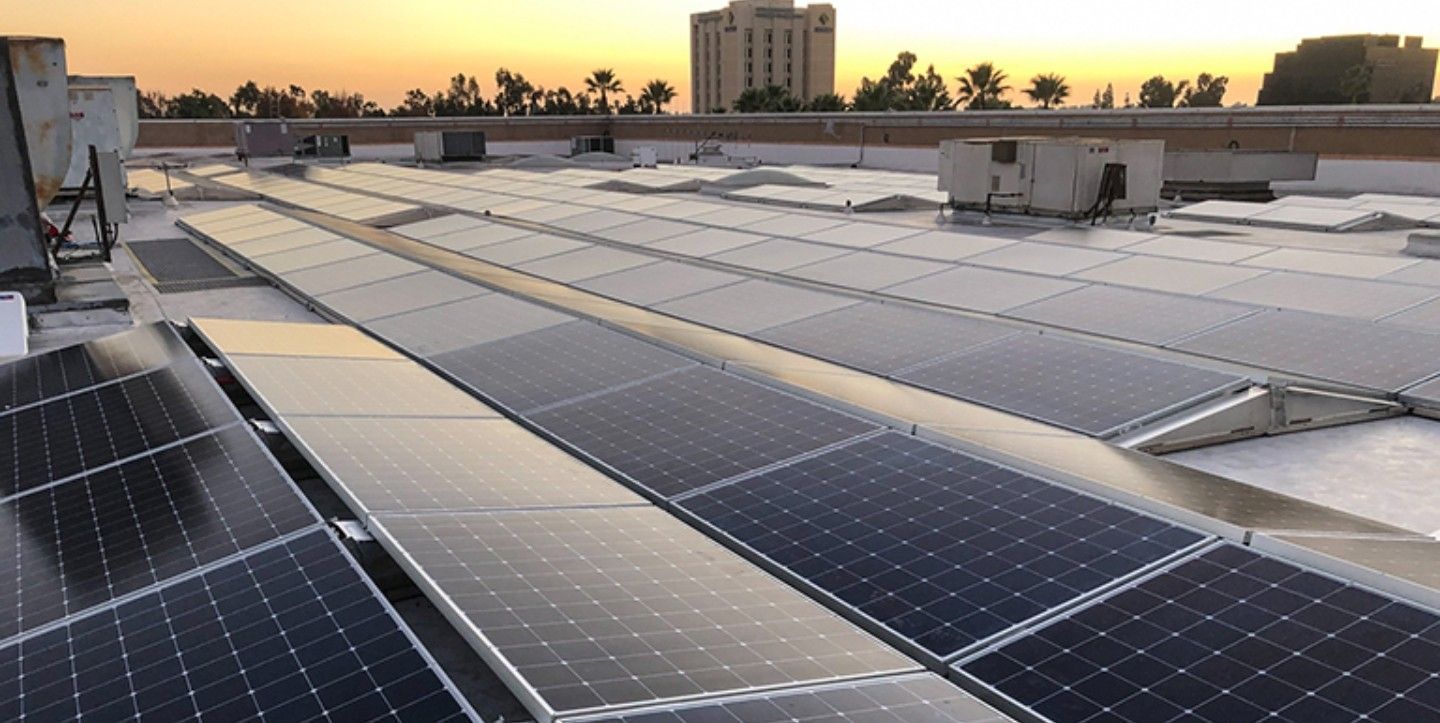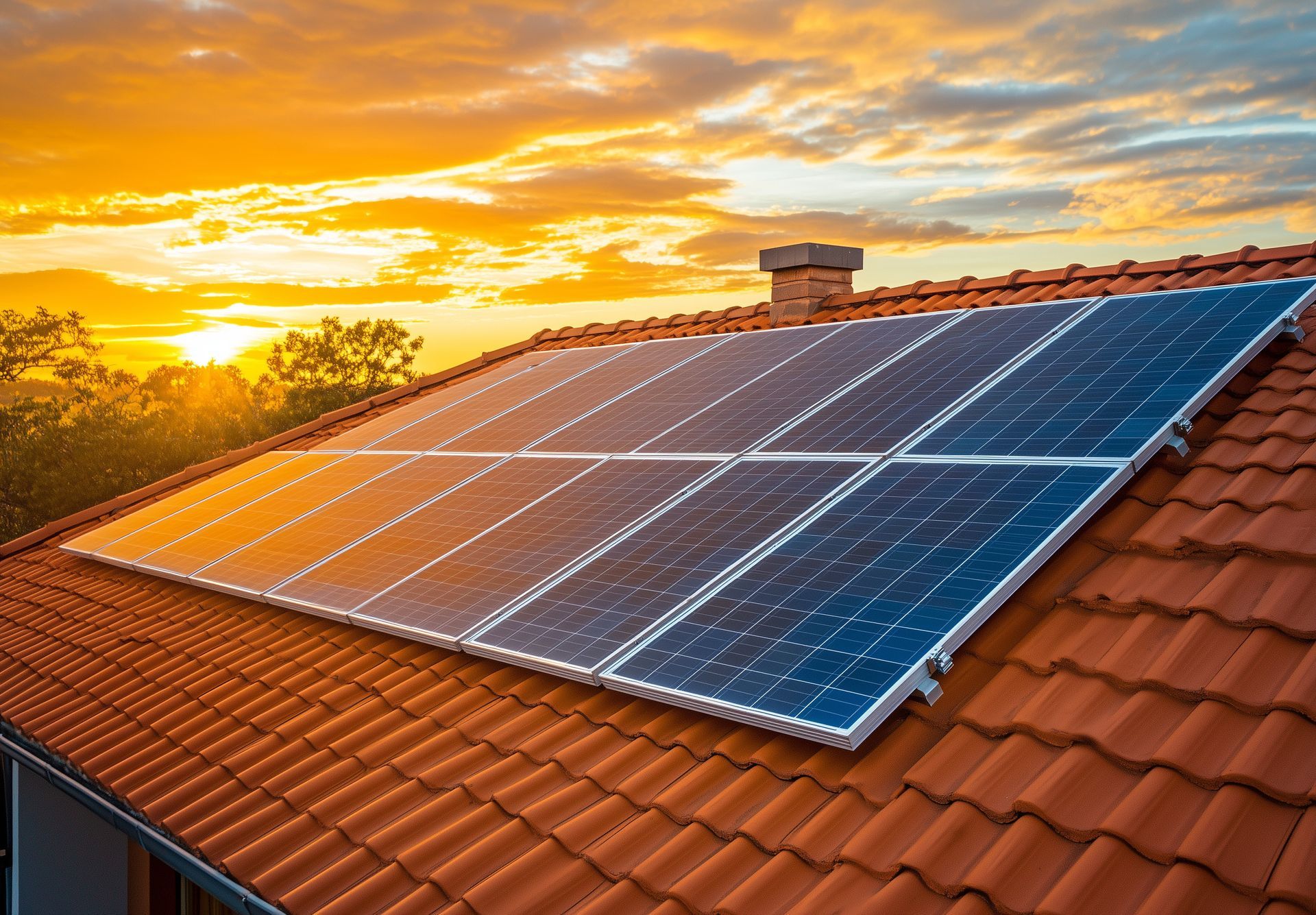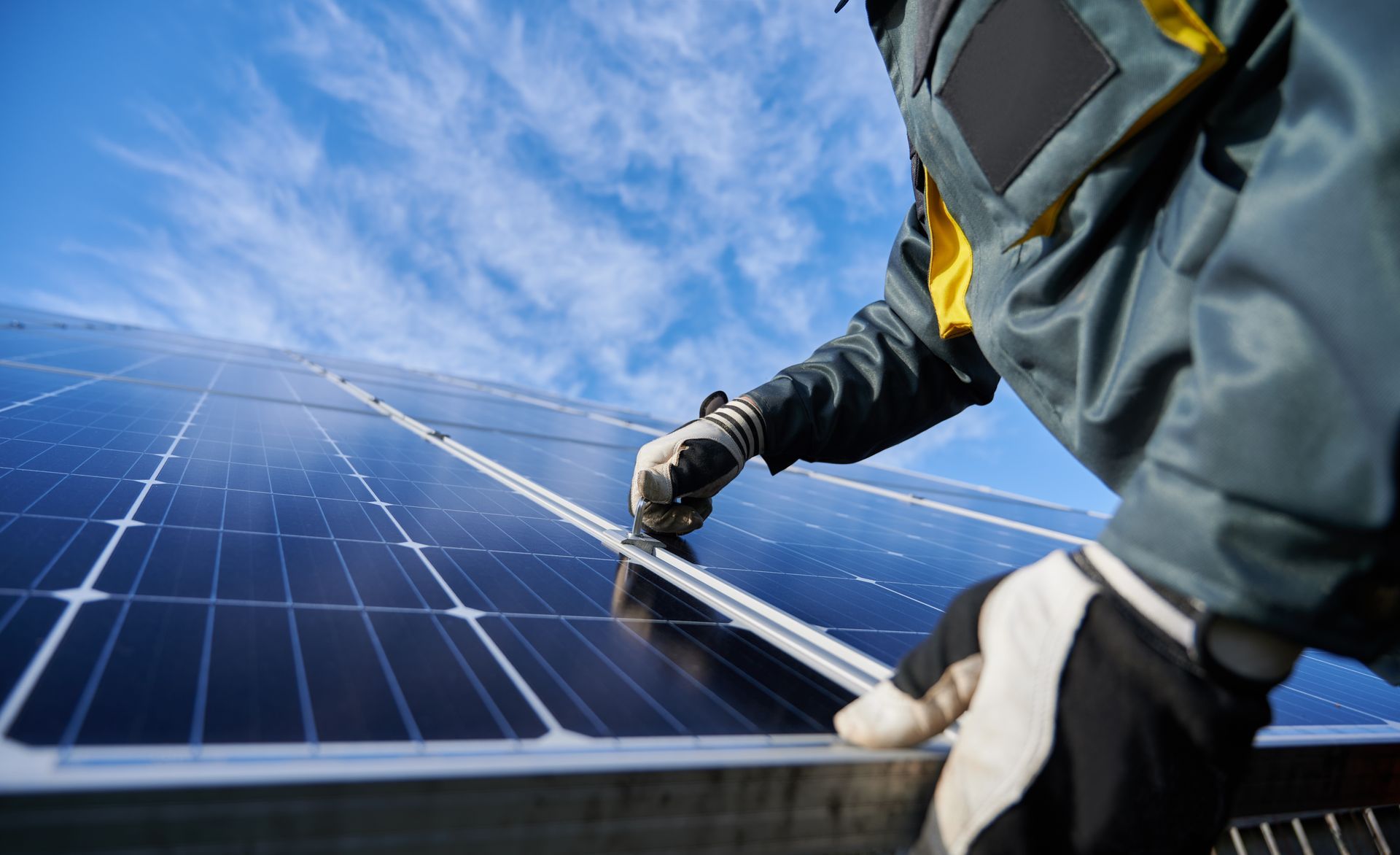How Cloudy Days Affect Solar Energy Production in Montana
Contact Us
We will get back to you as soon as possible.
Please try again later.
Cloudy days and the affects on solar power

Many Montana homeowners interested in solar power wonder how well solar panels perform on cloudy days. With Montana’s changing weather patterns, some people assume that solar panels only work efficiently in direct sunlight. However, modern solar technology is designed to capture energy even on overcast days, making Montana solar power a reliable option throughout the year.
While solar panels do generate the most electricity in full sunlight, they can still produce a significant amount of energy when the sky is cloudy or overcast. By understanding how solar panels operate in different weather conditions, homeowners can confidently invest in MT solar without worrying about seasonal fluctuations.
This article will explore how cloudy weather affects solar panel performance, how diffused sunlight still generates power, and how Montana homeowners can maximize their solar energy production, even on overcast days.
Do Solar Panels Work on Cloudy Days?
Yes, solar panels still generate electricity on cloudy days. Even when the sun is obscured by clouds, diffused sunlight reaches the solar panels, allowing them to continue producing energy. While output levels may decrease compared to clear, sunny days, solar panels can still generate 50% to 80% of their normal production depending on the cloud density.
Some of the world’s leading solar-powered countries, such as Germany and the United Kingdom, experience frequent cloudy weather yet still successfully rely on solar energy. This proves that Montana solar power remains an efficient and viable option, even in overcast conditions.
How Diffused Sunlight Powers Solar Panels
Solar panels generate electricity through photovoltaic (PV) cells, which convert sunlight into direct current (DC) electricity. Normally, sunlight reaches the panels in direct rays, producing optimal energy output. However, on cloudy days, sunlight scatters as it passes through the clouds, becoming diffused light.
Even though this diffused sunlight is weaker than direct sunlight, solar panels are still able to capture and convert it into electricity. Advanced solar panel technology is designed to absorb a broad spectrum of sunlight, ensuring that energy production continues, even under overcast skies.
How Much Solar Power Do Cloudy Days Reduce?
The exact amount of energy reduction on cloudy days depends on cloud thickness and weather conditions. Some solar energy loss is expected, but modern solar panels are highly efficient at absorbing available light.
- Light, thin clouds may only reduce solar panel efficiency by about 10% to 20%, meaning the system continues producing a large portion of its normal output.
- Moderately cloudy skies may reduce efficiency by 30% to 50%, but panels still generate electricity.
- Heavy, dark clouds may drop efficiency to 10% to 25%, but even during storms, panels can collect some energy.
Since Montana experiences a high number of sunny days each year, most homeowners find that solar panels produce enough excess energy on bright days to offset the occasional lower production on cloudy days.
The Role of Net Metering in Offsetting Cloudy Day Production
One of the biggest advantages of MT solar is the availability of net metering, which allows homeowners to store excess energy credits for later use.
On sunny days, when solar panels generate more electricity than a home needs, the extra energy is sent back to the power grid. In return, the homeowner earns energy credits that can be used during times of lower solar production, such as cloudy days or nighttime.
Net metering ensures that homeowners still benefit from solar power even when weather conditions temporarily reduce output. This allows Montana solar power users to balance their energy usage throughout the year without worrying about daily weather variations.
Solar Panel Technology That Performs Well in Cloudy Weather
Not all solar panels are created equal, and some perform better in low-light conditions than others. Homeowners investing in MT solar should look for panels with high efficiency ratings and advanced photovoltaic technology to ensure strong performance, even on overcast days.
Some factors that contribute to better cloudy-day solar production include:
- Monocrystalline solar panels: These panels are made from a single, high-quality silicon crystal, allowing them to capture more light in low-sun conditions.
- PERC technology (Passivated Emitter and Rear Cell): This advanced solar panel design improves light absorption and efficiency in cloudy weather.
- Anti-reflective coatings: Some solar panels are designed with coatings that enhance light absorption, allowing them to capture diffused sunlight more effectively.
Working with a reputable Montana solar power installer ensures that homeowners get the best solar panel technology for year-round performance.
Cloudy Weather vs. Rain and Snow: How Solar Production Varies
While cloudy weather reduces solar panel efficiency, other weather conditions like rain and snow can actually help solar performance in the long run.
Rain helps wash away dust, pollen, and debris from solar panels, ensuring that they operate at peak efficiency when the sun returns. Unlike dust and dirt buildup, which can block sunlight and reduce energy output, rain naturally cleans panels without the need for maintenance.
Similarly, Montana’s snow-covered winters may seem like a challenge for solar energy production, but solar panels are built to shed snow quickly due to their smooth, dark surface. Snow can also reflect additional sunlight onto panels, sometimes boosting overall efficiency when skies clear.
This means that even in less-than-ideal weather, MT solar systems continue to perform well throughout the year.
How to Maximize Solar Energy Production on Cloudy Days
Homeowners can take several steps to ensure optimal solar energy production, even in cloudy conditions.
First, installing high-efficiency solar panels is key. Modern panels with high light sensitivity can capture more energy from diffused sunlight, making them ideal for locations with varied weather patterns.
Second, tilting panels at the optimal angle ensures they capture the most sunlight throughout the year. Many Montana homeowners choose to adjust their panel tilt seasonally to maximize winter and summer efficiency.
Third, pairing solar panels with battery storage can provide additional energy security. A solar battery system, such as the Tesla Powerwall 3, stores excess solar energy produced on sunny days for later use, ensuring continuous power supply even when clouds reduce output.
Finally, participating in Montana’s net metering program allows homeowners to store excess solar credits from sunny days, ensuring that they have access to electricity even when solar production is lower.
Is Solar Power a Good Choice for Montana Homes?
Despite occasional cloudy days, Montana solar power remains one of the best energy solutions for homeowners looking to reduce electricity costs and achieve energy independence. Since solar panels continue producing electricity in diffused light, modern solar systems can generate enough energy throughout the year to make a significant impact on household energy consumption.
By taking advantage of net metering, solar battery storage, and high-efficiency panel technology, Montana homeowners can confidently invest in solar energy, knowing that their system will provide reliable electricity even when the skies are overcast.
Conclusion
Solar panels are highly effective in cloudy conditions, allowing MT solar users to continue generating electricity even when the weather isn’t perfect. While overcast days may reduce overall energy output, modern solar technology, net metering, and battery storage solutions ensure that homeowners can enjoy reliable and cost-effective solar energy year-round.
With Montana’s high number of sunny days and state incentives for renewable energy, now is the perfect time to invest in solar power. Whether you're considering solar for financial savings, energy independence, or environmental benefits, solar panels remain an excellent choice for Montana homes, regardless of the weather.
If you're ready to explore solar installation in Montana, contact Ellingson Solar today to learn more about MT solar options, available incentives, and how to maximize your energy savings, even on cloudy days.
Contact Ellingson Solar today! Upgrade your home with solar and start saving today! Inquire for free quotes & financing options.
Contact Us
We will get back to you as soon as possible.
Please try again later.

